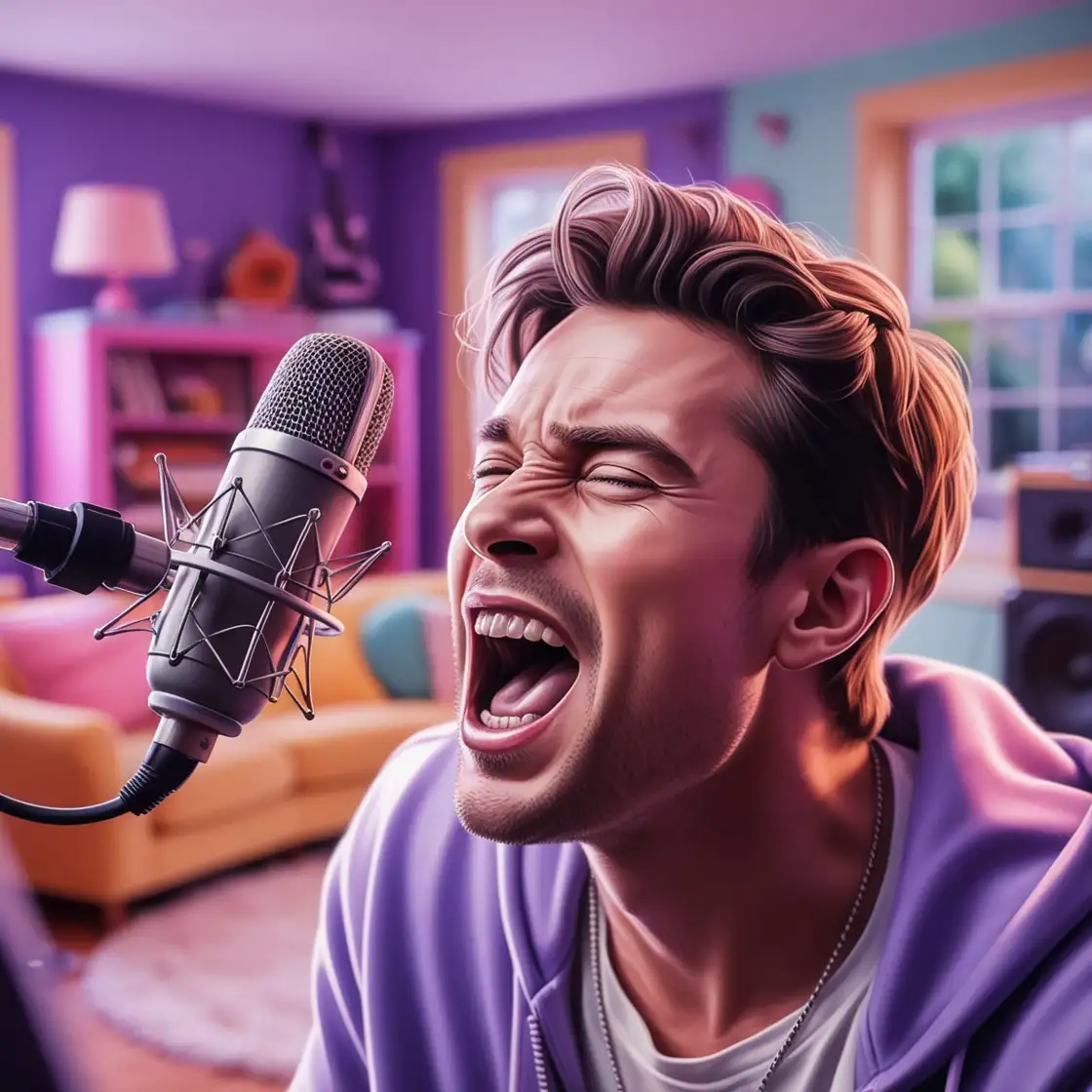Why Indie Artists Need to Embrace 3D Audio for a Next-Level Sound
Spatial audio is revolutionizing music with immersive three-dimensional soundscapes.
In the past few years, our experience with sound has shifted in a big way. 3D audio, also known as spatial or immersive audio, has moved beyond just being a trendy term—it's now a key technology that's changing how we listen to and produce music. Although the ideas behind these audio formats have been around for decades, they're becoming increasingly crucial in modern audio production. As technology advances, so does the music production landscape. Spatial audio is not just enhancing the way music is made; it's also changing how we listen to it. This immersive audio technology brings a whole new level of experience, making you feel like the sound is surrounding you.
Unlike traditional stereo sound, spatial audio creates a three-dimensional space around the listener, simulating a natural hearing experience. It adds depth and direction, making it seem like the sound is coming from different directions all around you.
For music lovers and creators alike, this technology is revolutionizing the listening experience. This technology is changing how people experience music. For indie artists on the rise, getting a handle on spatial audio isn’t just a nice-to-have; it’s a must. If you want to stand out in today’s crowded music scene, learning how to use this tech could be the secret to making your music immersive and unforgettable.
Why Spatial Audio is important
Spatial audio is shaking up the sound engineering world in a big way. One of the standout features is the use of Head-Related Transfer Functions (HRTFs). This tech is a real game-changer because it tailors the sound specifically to the shape of your ears, creating a personalized listening experience that’s incredibly immersive. It’s like the music is wrapping around you, making you feel more connected to the song than ever before.
Another cool aspect is object-based audio, which allows you to separate different elements—like vocals, instruments, and ambient sounds—giving you a level of creative freedom that was previously out of reach.

Benefits for Artists and Producers
Spatial audio isn’t just a technical upgrade—it’s a creative revolution that offers some serious perks:
Enhanced Creativity: It opens up new ways for artists to experiment with sound, pushing the boundaries of what’s possible in music production.
Unique Selling Point: In a crowded market, music that’s been produced with spatial audio can stand out, offering listeners something fresh and exciting.
Recording in Spatial Audio
Working with 3D audio isn’t just about tweaking a few settings—it’s a whole new approach to making music.
Setting Up Your Mic for Spatial Audio Recording
Before you start recording, it’s crucial to calibrate your microphone’s position in the spatial audio software. This step is key to capturing sound with pinpoint accuracy in a 3D space. By fine-tuning your mic’s settings, you’re setting the stage for a truly immersive audio experience.
Tip: Use Ambisonic Microphone. To capture 3D audio, you’ll need a specialized mic like the AMBEO VR Mic, which is perfect for this purpose.
Placing Sounds in Your DAW
Once your mic is calibrated, the next big step is to use your Digital Audio Workstation (DAW) to assign audio objects. If you’re using Logic Pro X, the 'Spatial Audio Designer' tool is your best friend. It lets you play around with the positioning of sounds in real time, giving you the power to create a multidimensional audio experience that draws listeners in.
Using Binaural Audio for Better Headphone Sound
To make sure your 3D audio sounds just as good on headphones as it does on speakers, you’ll need to use binaural rendering. This technique converts your 3D audio into a format that can be faithfully reproduced through stereo headphones. This way, your spatial audio creation maintains its depth and richness, no matter what device it’s played on.
The Final Step for Perfect Spatial Audio
Just like with any audio track, mastering is the final crucial step in the spatial audio process. This phase polishes the overall sound, ensuring it’s clear, balanced, and rich. Use mastering platforms that specialize in spatial audio to keep that immersive quality intact across different playback environments.
Pro Tip: When placing elements like vocals, instruments, and effects, think beyond just left and right—consider their vertical position and depth within the sound field to create a truly immersive experience.
Techniques for Creating 3D Sounds
Getting into 3D audio means exploring some innovative techniques that add depth and spatial dimension to your music.
Binaural Recording: This technique uses two mics positioned like human ears to replicate natural hearing. The result is a recording that makes listeners feel like they’re right there in the environment where the sound was captured.
Ambisonics Sound Recording and Mixing: Ambisonics capture sound from all directions, creating a spherical sound field around the mic. This method gives you the flexibility to deliver a multidirectional audio experience to your listeners.
Sound Spatialization with AI: AI algorithms can analyze stereo tracks and add depth and spatial qualities, transforming even basic audio into an immersive 3D experience.
The Future of 3D Audio in Music Production
The impact of 3D audio on music production has already been significant, but the future looks even more exciting. As these technologies continue to evolve, they’re set to completely transform how we create, listen to, and experience music. Producers will have the tools to experiment with unique sound placements, movement, and depth, crafting creative soundscapes that can truly transport listeners.
3D audio is expected to influence various aspects of the music industry, from enhancing live performances to creating immersive listening experiences at home and even reshaping how music is recorded and produced.
In live concerts, 3D audio can deliver a more immersive experience by allowing sounds to come from specific locations within the venue. For those listening at home, 3D audio-compatible headphones and speaker systems could make the music feel more interactive and engaging.
In the production world, 3D audio technology opens up new creative possibilities. Sound engineers and producers can now place and move sounds in a three-dimensional space, creating immersive soundscapes that were previously out of reach.
Additionally, advancements in artificial intelligence and machine learning could further expand the potential of 3D audio. We might see automation in sound layering or interactive audio experiences becoming the norm, ushering in a new era for music production.

Final Thoughts:
For indie artists, 3D audio opens up a world of possibilities, pushing the limits of how we create and experience music. This technology isn’t just changing the way music sounds—it’s reshaping listener expectations and offering new creative avenues for artists to explore. As we move forward, spatial audio is set to play a major role in the evolution of music, making it an exciting time for anyone in the industry.
Blog Article Tags
Headphones Binaural Ambisonics Soundscapes AI Evolution FutureMore Articles
Where To Find Good Indie Music - If you're a long time fan or first time listener of Indie music, we'll show you the best methods for discovering the music you love.
Flowers on the Battlefield by WLM -
Seven Secrets to Help You Master the Lead Guitar - I show you the secrets of top lead guitar players to help you improve.
The Impact of Indie Music Festivals and Their Role in Shaping the Indie Music Landscapes - I share with you the impact of today's music festivals on indie artists careers.
Are the Grammys Losing Credibility? - Are lower ratings and controversy leading to a loss of credibility for the grammys? Let's discuss.


